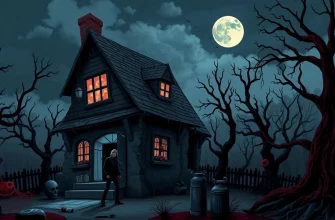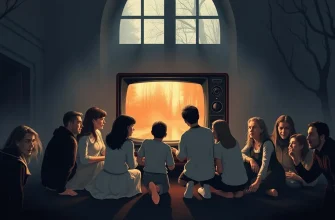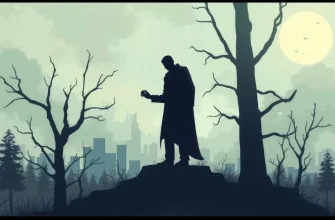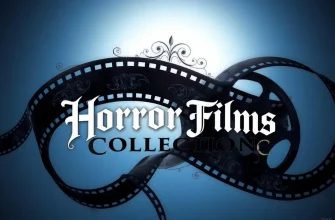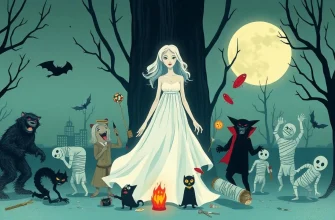Cult horror films often transcend their initial reception to become revered classics, influencing filmmakers and captivating audiences with their unique blend of terror, creativity, and cultural impact. This curated list of 10 cult horror films showcases movies that have not only stood the test of time but have also shaped the genre, offering a mix of psychological thrills, supernatural scares, and social commentary. Each film in this collection has a distinct voice, making them essential viewing for horror enthusiasts and cinephiles alike.
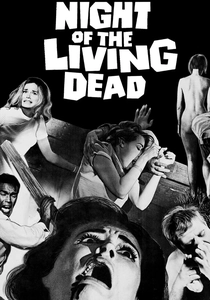
Night of the Living Dead (1968)
Description: George A. Romero's groundbreaking zombie film redefined horror, introducing the concept of the flesh-eating undead to mainstream audiences.
Fact: Due to a copyright error, the film entered the public domain, allowing it to be widely distributed and seen by millions. It was also one of the first films to feature an African-American lead in a non-stereotypical role.
 Watch Now
Watch Now
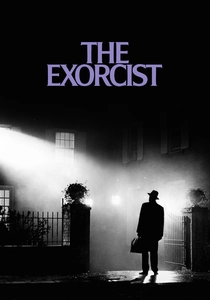
The Exorcist (1973)
Description: This film's depiction of demonic possession and exorcism remains one of the most terrifying and influential in horror cinema.
Fact: The film was so shocking that it was reported to have caused audience members to faint, vomit, or leave the theater during screenings.
 Watch Now
Watch Now
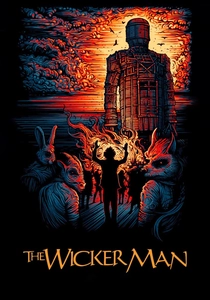
The Wicker Man (1973)
Description: A chilling exploration of pagan rituals and folk horror, this film has become a cornerstone of the genre due to its eerie atmosphere and unforgettable ending.
Fact: The film was initially a box office flop but has since gained a massive cult following. The song "Willow's Song" from the soundtrack became an unexpected hit.
 Watch Now
Watch Now
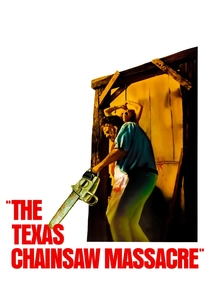
The Texas Chain Saw Massacre (1974)
Description: Tobe Hooper's film is a raw, visceral experience that redefined slasher films with its minimal gore but maximum terror.
Fact: Despite its title, the film has very little actual chainsaw violence. It was inspired by real-life serial killer Ed Gein.
 Watch Now
Watch Now

The Rocky Horror Picture Show (1975)
Description: A unique blend of horror, comedy, and musical, this film has become a cultural phenomenon with its midnight screenings and audience participation.
Fact: It holds the record for the longest-running theatrical release in film history, with screenings still taking place worldwide.
 Watch Now
Watch Now

Suspiria (1977)
Description: Dario Argento's visually stunning film about a ballet school with dark secrets is a masterclass in giallo horror and surrealism.
Fact: The film's vibrant, almost surreal color palette was achieved by using Technicolor dye-transfer process, making it visually distinctive.
 Watch Now
Watch Now
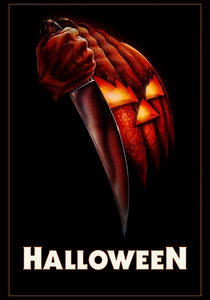
Halloween (1978)
Description: John Carpenter's masterpiece set the template for the slasher genre, introducing the iconic Michael Myers and the concept of the "final girl."
Fact: The film was shot over 20 days with a budget of less than $300,000, making it one of the most profitable independent films of all time.
 Watch Now
Watch Now
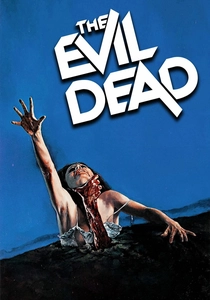
The Evil Dead (1981)
Description: Sam Raimi's low-budget horror film about a group of friends encountering demonic forces in a cabin has become a cult classic for its inventive camera work and gore.
Fact: The film was shot in the woods of Tennessee, and the crew often had to deal with real-life dangers like snakes and bats while filming.
 Watch Now
Watch Now
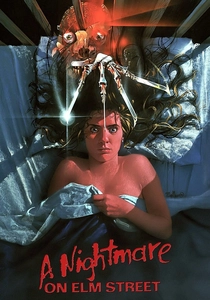
A Nightmare on Elm Street (1984)
Description: Wes Craven's creation of Freddy Krueger brought nightmares to life, blending horror with dark humor in a way that captivated audiences.
Fact: The film was inspired by a series of articles about people dying in their sleep from unexplained causes, known as Sudden Unexplained Nocturnal Death Syndrome.
 Watch Now
Watch Now
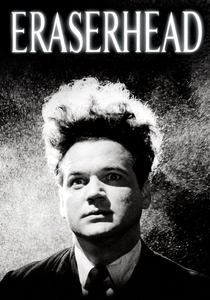
Eraserhead (1977)
Description: David Lynch's debut feature is a surreal, nightmarish journey into the psyche, known for its unsettling atmosphere and bizarre imagery.
Fact: The film took five years to complete due to Lynch's meticulous attention to detail and limited budget.
 30 Days Free
30 Days Free



